What is Myofascial Release MFR Therapy in Physiotherapy?
Myofascial release (MFR) therapy is a treatment technique that addresses various conditions and symptoms dealing with muscular shortness, tightness, or stiffness. This treatment is extremely helpful for people who have lost their muscular functions or flexibility after an injury. People with ongoing back issues, shoulder pain, hip alignment issues, or pain in body areas containing soft tissue can also benefit from this therapy.
Physical therapist John F. Barnes developed the MFR therapy technique. Unlike other physiotherapy techniques, this therapy focuses on treating the fascia. Fascia is connective tissue. Matrixes of this tissue surround each muscle cell, fibril, and fibre in our bodies. These three-dimensional matrices comprise elastin fibres, gelatinous fluids, and collagen fibres.
Hence, fascia and myofascial connective tissues are extremely sensitive. During MFR in physiotherapy, physical therapists gently apply pressure to these tissue connections to restore flexibility and eliminate pain. The slow and rhythmic application of pressure enables the damaged fascia to elongate, rehydrate, and ultimately reorganise. MFR in physiotherapy also allows the gelatinous fluid in our tissues to move freely.
Physical therapists use this therapy to help patients break through their physical restrictions. This therapy unwinds the myofascial connective tissues, facilitating smoother blood circulation. These factors enable the damaged tissues to heal. Recipients of this therapy report feeling more aware and energetic, making it a valuable form of mfr physical therapy and an effective muscle fascia release approach.
How Does MFR Therapy Work?
Myofascial Release (MFR) therapy works by addressing the underlying fascial restrictions that limit movement and cause pain. Fascia, the connective tissue that envelops muscles, nerves, and organs, can become tight or scarred due to trauma, inflammation, or poor posture. This results in reduced mobility and chronic discomfort.
In MFR physical therapy, trained physiotherapists apply gentle, sustained pressure to the affected areas. This pressure is held for a prolonged period—typically 90 to 120 seconds—to allow the fascia to elongate, rehydrate, and return to a more pliable state. The technique is not forceful or abrupt. Instead, it relies on the body's natural viscoelastic response to low-load, long-duration pressure.
Understanding how MFR therapy works involves recognising that fascia doesn’t respond like muscle tissue. Unlike traditional massage, myofascial techniques target the deeper fascial layers and avoid sliding over the skin. By slowly sinking into the restricted tissues and following their path of resistance, therapists can release adhesions and restore the tissue’s natural function.
A variety of myofascial release techniques may be used during sessions—including direct and indirect methods—to mobilise soft tissue, enhance blood flow, and reduce pressure on pain-sensitive structures. The end result is improved flexibility, reduced pain, and a noticeable improvement in functional movement.
Types of Myofascial Release Techniques
Myofascial Release (MFR) involves various techniques designed to release the restrictions in the fascia, the connective tissue that envelops all structures within the body. Physiotherapists use no oils or creams to conduct this therapy. The gentle tension between the patient's skin and the physiotherapist's hands improves the fascia's movement and function. The typical gliding effects of standard physiotherapy can't achieve this direct connection with fascial tissues. Here are some common types of Myofascial Release techniques used to treat pain and enhance mobility:
- Direct Myofascial Release: Commonly called deep tissue release, this technique involves applying steady pressure to the myofascial connective tissue to mitigate pain and restore movement. The therapist employs knuckles, elbows, or specific instruments to gradually elongate the tight fascia through direct application of force.
- Indirect Myofascial Release: This gentle technique involves a slight stretch with only a few grams of pressure, which allows the fascia to 'unwind' itself. The minimal pressure induces the tissues to relax, the fascia to stretch, and then slowly release.
- Active Myofascial Release: This type combines manual pressure with active movement from the patient. The therapist applies pressure to a specific area while the patient moves the affected muscle or joint through its range of motion. This helps break up adhesions and increase mobility.
- Passive Myofascial Release: Here, the therapist applies sustained pressure to the fascia without requiring active movement from the patient. The aim is to alleviate tension and enhance the flexibility of the fascia.
- Myofascial Trigger Point Therapy: This method reduces pain by alleviating the tension in trigger points—highly irritable spots in the fascia surrounding skeletal muscle. The therapy involves applying pressure to these points to reduce muscle tension and pain.
- Fascial Stretching: In this technique, the therapist stretches and loosens the fascia so that it and other contiguous structures can move more freely, and the patient's range of motion is increased.
- Soft Tissue Mobilisation: Techniques are applied to break up inelastic or fibrous muscle tissue (scar tissue), such as the fascia that surrounds muscles, and to move tissue fluids, and relax muscle tension.
- Rebounding: Involves the use of oscillating movements to stimulate the fascia. These movements, which are similar to bouncing, help in increasing the fluidity and mobility of the fascia.
- Craniosacral Therapy: Although broader in application, this gentle technique can be considered a type of indirect myofascial release. The therapist uses soft touch techniques to release restrictions in the craniosacral system and improve the functioning of the central nervous system.
These techniques can be tailored to individual needs depending on the patient’s condition, pain level, and specific MFR therapy goals.
Home Techniques vs Professional MFR Therapy
While myofascial release can be initiated at home using simple tools and self-care techniques, the effectiveness and safety of MFR physical therapy delivered by trained professionals cannot be overstated. At-home methods typically involve stretching, foam rolling, or using MFR balls to release tension in superficial fascial layers.
However, professional MFR techniques go much deeper. Physiotherapists are trained to identify specific fascial restrictions and apply myofascial trigger point release with precision. They also integrate therapeutic assessments, pressure control, and patient feedback to customise treatment. While home-based tools can support maintenance, they often fall short in addressing complex or deeply rooted fascial adhesions.
For long-term or chronic pain conditions, combining home techniques with expert-guided sessions delivers the best outcomes. The therapist’s ability to locate and release specific trigger points and tension lines ensures more comprehensive and lasting relief.
Tools Used in MFR Therapy
A variety of tools are used to perform both manual and assisted myofascial release techniques, depending on the treatment setting and patient needs. In clinical settings, physiotherapists primarily use hands-on methods to sense tissue tension and perform muscle fascia release with controlled, gentle pressure.
Common tools include:
- Foam rollers: Used for broad fascial release over large muscle groups
- MFR balls (lacrosse or massage balls): Ideal for pinpointing tight areas like shoulders or calves
- Massage guns: Helpful in delivering percussive stimulation to fascia and muscles
- Manual tools: Such as fascia knives or scrapers (in select cases), to assist with deeper layers
Professionals may also use myofascial trigger therapy tools to target high-tension zones or chronic adhesions, especially when dealing with postural imbalances or injury recovery. Compared to self-use, these tools in expert hands provide deeper, safer, and more effective outcomes.
Benefits of Myofascial Release MFR Therapy
MFR therapy offers a wide range of physical and therapeutic benefits, especially when performed by trained physiotherapists. Some key advantages include:
Pain Relief
- Provides lasting relief from chronic pain in the neck, back, shoulders, hips, and limbs.
- Alleviates tension-related discomfort such as headaches, TMJ dysfunction, and postural pain.
Improved Mobility and Flexibility
- Loosens tight fascial tissue, leading to a better range of motion.
- Supports joint alignment and muscular balance through targeted muscle fascia release.
Enhanced Recovery
- Improves blood flow to injured areas, accelerating tissue repair.
- Hydrates and restores elasticity in stiff fascial tissue, aiding in quicker post-injury recovery.
Muscle Tension Reduction
- Releases deep-seated tension and myofascial release trigger points that limit movement.
- Helps reduce the recurrence of muscle strain or injury.
Relaxation and Circulatory Support
- Promotes relaxation by calming the nervous system.
- Enhances circulation, supporting detoxification and overall tissue health.
Unlike general massage, MFR techniques involve slow, sustained pressure tailored to the body's fascial lines. Though some soreness may occur initially, it typically subsides and signals effective release of tension.
Risks of Myofascial Release (MFR) Therapy
While myofascial release is generally considered a safe and non-invasive treatment, there are some minor risks and precautions to be aware of:
- Post-treatment soreness: It is common to experience mild discomfort or muscle soreness after a session, particularly in areas where deep fascial restrictions were released.
- Temporary side effects: Some individuals may experience symptoms like headaches, fatigue, or nausea as a result of tissue manipulation and toxin release.
- Not suitable for everyone: People with certain conditions—such as fractures, osteoporosis, bleeding disorders, or skin infections—should consult a medical professional before undergoing MFR physical therapy.
- Technique variation: Since myofascial release techniques differ based on practitioner skill and method, outcomes can vary.
- Not a replacement for medical treatment: Myofascial trigger therapy may complement traditional medical care but should not replace treatment for acute injuries or systemic health conditions.
Despite these considerations, MFR in physiotherapy remains one of the safest manual therapy options for managing chronic musculoskeletal pain.
Common Conditions Treated with Myofascial Release (MFR) Therapy
Myofascial Release (MFR) therapy is highly effective in treating a range of conditions caused by fascial restrictions, soft tissue damage, and postural imbalances. Below are some of the most common conditions addressed using this approach, along with how MFR physical therapy can bring relief.
Myofascial Pain Syndrome
This is the most direct application of myofascial release. Individuals with myofascial pain syndrome often experience chronic muscle pain due to restricted fascia.
- Cause: Tight fascia binds down muscles and connective tissue, limiting movement and causing pain.
- How MFR Helps: Through gentle, sustained pressure, therapists use MFR techniques to release the fascia, restoring elasticity and reducing discomfort.
Myofascial Trigger Points
Tight bands within muscle fibres, or myofascial release trigger points, often develop due to overuse, poor posture, or injury.
- Cause: These 'knots' reduce blood flow and contribute to widespread pain.
- How MFR Helps: Myofascial trigger point release targets these hypersensitive areas, improving circulation and alleviating muscle tension.
Chronic Headaches and Neck Pain
Tension in the neck and upper back fascia can lead to persistent headaches and discomfort.
- Cause: Postural strain or fascial restrictions compressing surrounding muscles.
- How MFR Helps: Techniques focused on the cervical region ease tension, making myofascial release techniques useful for both localised and referred pain relief.
Postural Imbalances
Misalignments due to prolonged poor posture can strain the fascia, leading to chronic discomfort.
- Cause: Desk-bound lifestyles or improper movement patterns.
- How MFR Helps: MFR physical therapy corrects soft tissue imbalance, enabling better spinal alignment and improved body mechanics.
Venous Insufficiency and Circulation Issues
Restricted fascia can impede proper blood and lymphatic flow, exacerbating circulatory issues.
- Cause: Tight fascia compressing blood vessels and lymph channels.
- How MFR Helps: Muscle fascia release improves local circulation and reduces pressure in affected areas.
Who Shouldn't Get Myofascial Release MFR Therapy?
Most people suffering from these issues and trying to avoid surgery can benefit from MFR Therapy. However, this technique isn't ideal for everyone.
- Those who have open injuries or wounds (e.g., fractures or broken bones)
- People with naturally fragile bones
- People diagnosed with deep vein thrombosis
- Patients who consume blood-thinning medications
- People with underlying tumours
- Patients with extensive metabolic conditions
How Often Should You Do MFR?
The frequency of myofascial release therapy depends on the severity of the condition, the area being treated, and your body’s individual response. While some people experience relief after just one or two sessions, others may require ongoing care, particularly if they are managing chronic conditions or structural imbalances.
Frequency by Condition
- Chronic Pain or Myofascial Pain Syndrome: 1–2 sessions per week of MFR physical therapy may be recommended initially, followed by a maintenance schedule based on progress.
- Postural Imbalances or Sports Injuries: Weekly or bi-weekly sessions can gradually reduce fascial tension and correct alignment.
- Acute Muscle Tightness or Limited Mobility: A few focused sessions of myofascial trigger therapy may be sufficient, supported by home exercises.
Each session typically lasts between 30 and 60 minutes, and therapists may vary the approach depending on whether direct or indirect MFR techniques are being used. It’s also important to note that how long myofascial release lasts depends on factors such as hydration, daily posture, activity level, and underlying pathology.
How to Prepare for Myofascial Release MFR Therapy?
Preparing for myofascial release therapy ensures a more effective and comfortable treatment experience. Whether you're undergoing your first session or are continuing with regular MFR physical therapy, following these basic steps can help you get the most out of each session:
- Wear comfortable, stretchable clothing: Choose loose, elastic attire such as a t-shirt and running shorts. This allows unrestricted movement and gives the physiotherapist easier access to the treatment areas.
- Avoid applying lotions or oils: For effective muscle fascia release, the skin must be free of any slippery substances that may interfere with the therapist’s grip during MFR techniques.
- Review the patient intake form: Read any documents provided by your physiotherapist beforehand. This helps you understand the therapy plan and ensures informed consent.
- Stay hydrated: Drink plenty of water before and after your session. Proper hydration improves fascial pliability and helps flush out toxins released during myofascial trigger therapy.
Being well-prepared supports the overall success of your treatment and enhances the longevity of results from your myofascial release sessions.
What Happens in a Typical MFR Session?
A typical session of myofascial release therapy is highly individualised and focused on relieving tension in the fascia that restricts movement and causes pain. Each session is guided by clinical expertise and a detailed understanding of your body’s structural imbalances. Here’s what you can expect during a standard appointment:
Initial Assessment
The physiotherapist begins by taking a detailed history of your symptoms, lifestyle, and physical limitations. A physical examination helps assess postural imbalances, muscle tightness, and fascial tension zones.
Target Area Identification
Based on your symptoms and the assessment, specific areas of restriction or myofascial trigger points are identified. These may not always be at the site of pain, as myofascial trigger therapy often works along interconnected fascial lines.
Gentle Sustained Pressure
The therapist applies gentle, sustained pressure to the targeted fascial areas using hands-on MFR techniques. This pressure is held long enough to encourage the fascia to elongate, rehydrate, and release adhesions.
Muscle Stretch and Fascia Release
Once the tissue begins to soften, muscle fascia release is achieved through guided stretching and deep tissue work. The process is slow and methodical, ensuring minimal discomfort and maximum benefit.
Post-Session Movement Integration
To consolidate the gains made during the session, therapists may guide you through light movements or stretches. This helps integrate the fascial release into your movement patterns, promoting long-term structural improvements.
Each session of MFR physical therapy typically lasts 45 to 60 minutes and is adapted based on individual progress and feedback. Unlike conventional massage, myofascial release targets the fascia at a deeper level, making the effects longer-lasting and more functional.
What to Expect After Myofascial Release (MFR) Therapy?
Following a session of myofascial release, patients may notice both immediate and delayed effects as the body adjusts to the changes in fascial tension and mobility. Here’s what you can typically expect:
- Initial soreness or fatigue: It’s common to feel sore or tired after MFR physical therapy, especially if large or chronically restricted areas were treated. This is a natural response to deep fascial manipulation.
- Increased flexibility and mobility: Most individuals experience greater ease of movement and reduced stiffness, as muscle fascia release restores tissue elasticity.
- Temporary detox-like symptoms: The release of fascial restrictions may flush out metabolic waste and toxins, leading to mild side effects such as headaches, nausea, or light-headedness.
- Improved posture and body awareness: Many patients report better posture and a heightened sense of body alignment as myofascial trigger therapy resolves long-standing compensations.
- Gradual progress with cumulative benefits: While some improvement may be immediate, long-term gains depend on consistency. How quickly or how long myofascial release lasts varies by condition, body type, and follow-up care.
- Complementary treatment integration: Patients may be advised to combine myofascial release with other therapies such as neuromuscular therapy, acupuncture, or corrective exercises for enhanced recovery.
Every individual responds differently, but with the right frequency and home-care support, MFR physical therapy can deliver sustained relief and improved function over time.
Home-Care Routine Suggestions
In between sessions, simple home-based practices can support ongoing progress and prevent fascial restrictions from returning:
- Foam Rolling: A self-massage tool that helps relieve surface-level tension in large muscle groups.
- Tennis/Lacrosse Balls: Great for targeted muscle fascia release, especially in hard-to-reach areas like the glutes, shoulders, and soles of the feet.
- Stretching and Hydration: Gentle stretching before and after self-release techniques can improve elasticity. Staying well-hydrated helps maintain the fascia’s fluid balance.
- Consistency Matters: Regular home practice 3–4 times a week enhances the effects of clinical MFR techniques.
When combined with professional care, these tools empower patients to maintain flexibility, reduce pain, and take charge of their recovery journey.
Relieve Pain and Restore Movement with Myofascial Release at Physiotattva
At Physiotattva, our expert-led myofascial release therapy offers targeted relief for chronic pain, postural imbalances, and movement restrictions. Using evidence-based MFR physical therapy and advanced MFR techniques, we address deep fascial tightness to restore flexibility, mobility, and muscle balance. Experience long-term results—not just temporary relief—with personalised care from Physiotattva’s skilled physiotherapists. Schedule your consultation today for effective muscle fascia release and take the first step toward pain-free living.
At Physiotattva physiotherapy clinics in Bangalore and Hyderabad, you receive personalised care tailored to your specific needs, ensuring effective results and comfort throughout your journey to recovery.
Don’t wait to start your recovery! Get in touch with Physiotattva for more details! Contact us at +91 89510 47001.


.webp)

-Physiotherapy.webp)
-for-Shoulder-Pain-Relief.webp)
-for-Knee-Pain-Relief.webp)


-for-Back-Pain-Relief%20(1).webp)





.webp)











.webp)


.webp)
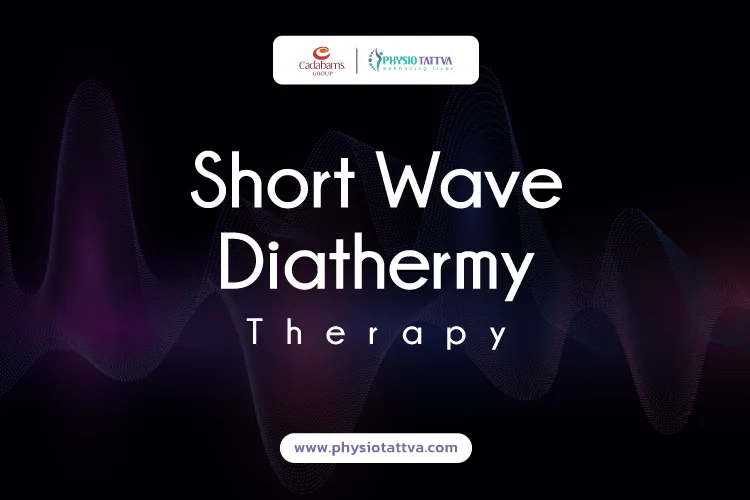
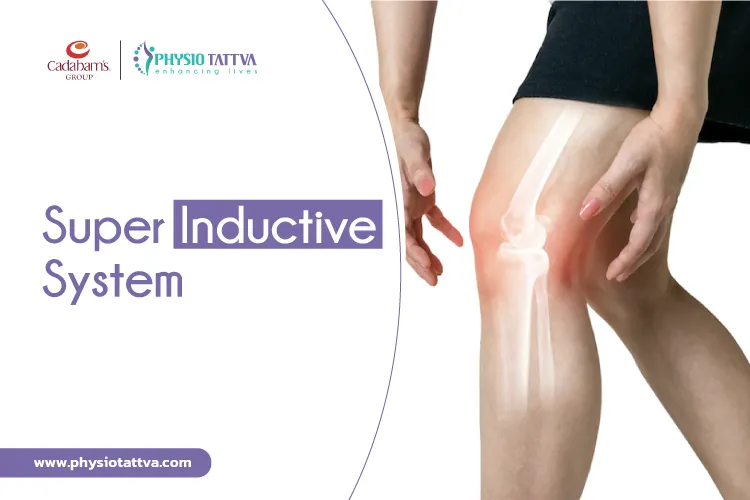



.webp)
.webp)


.webp)
.webp)

.webp)
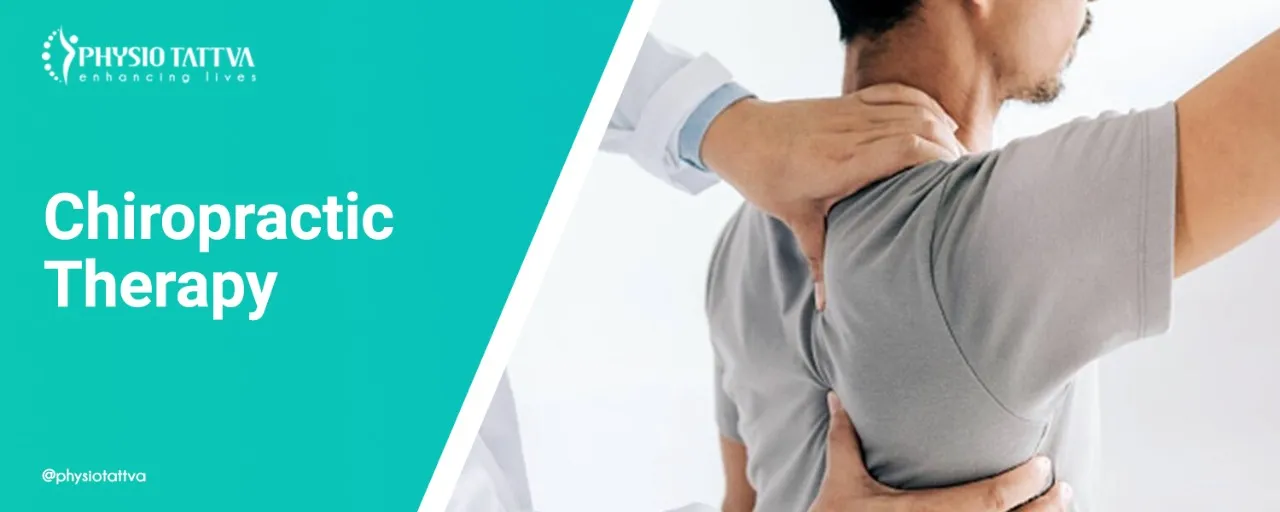

.webp)
.webp)
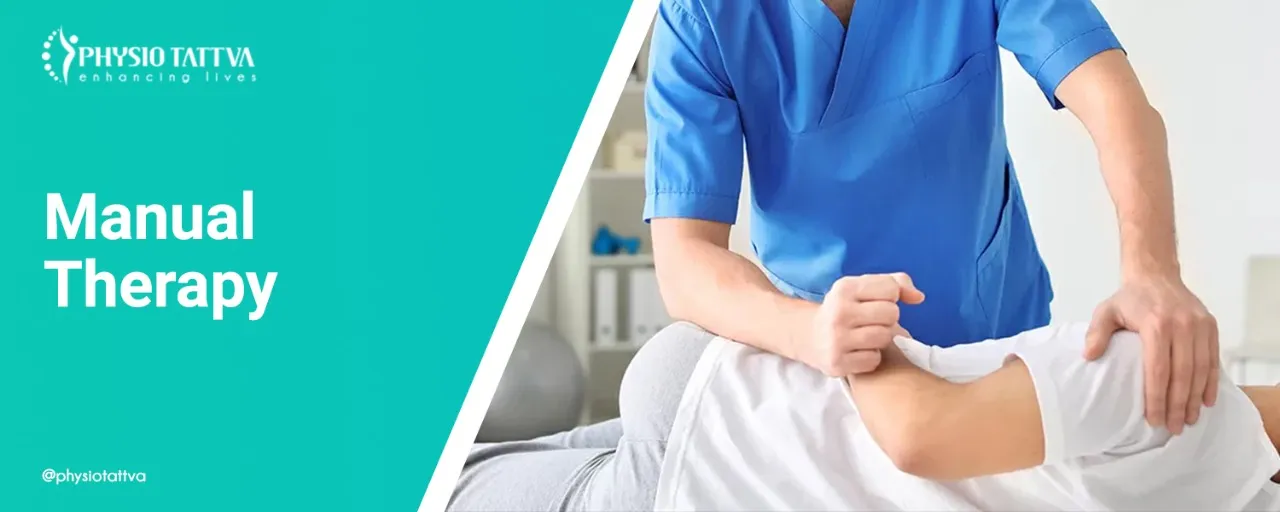
.webp)



.webp)





.webp)



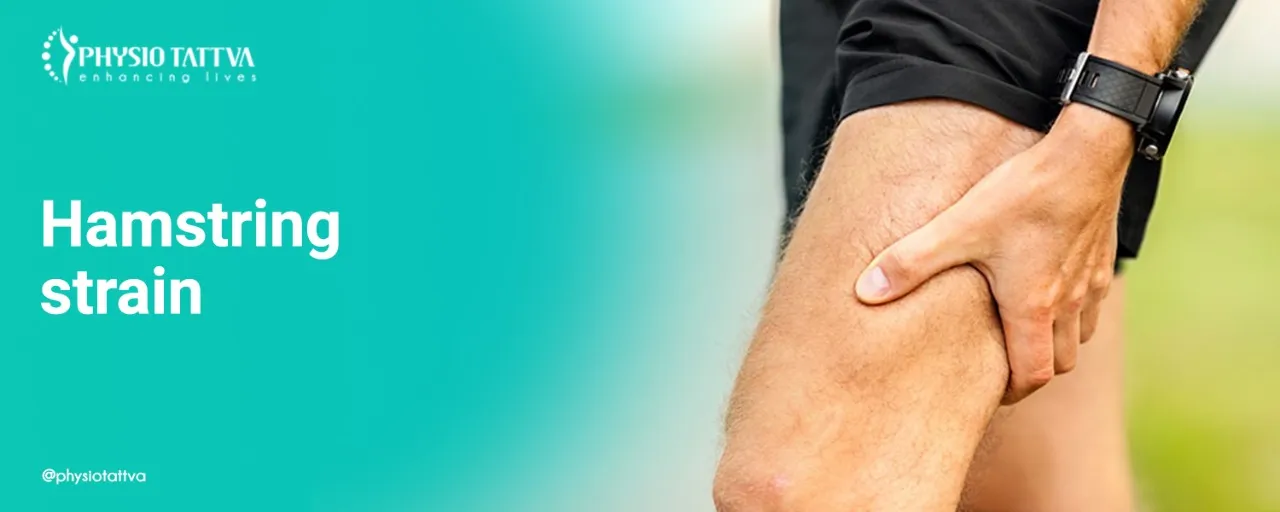



.webp)
.webp)








.png)



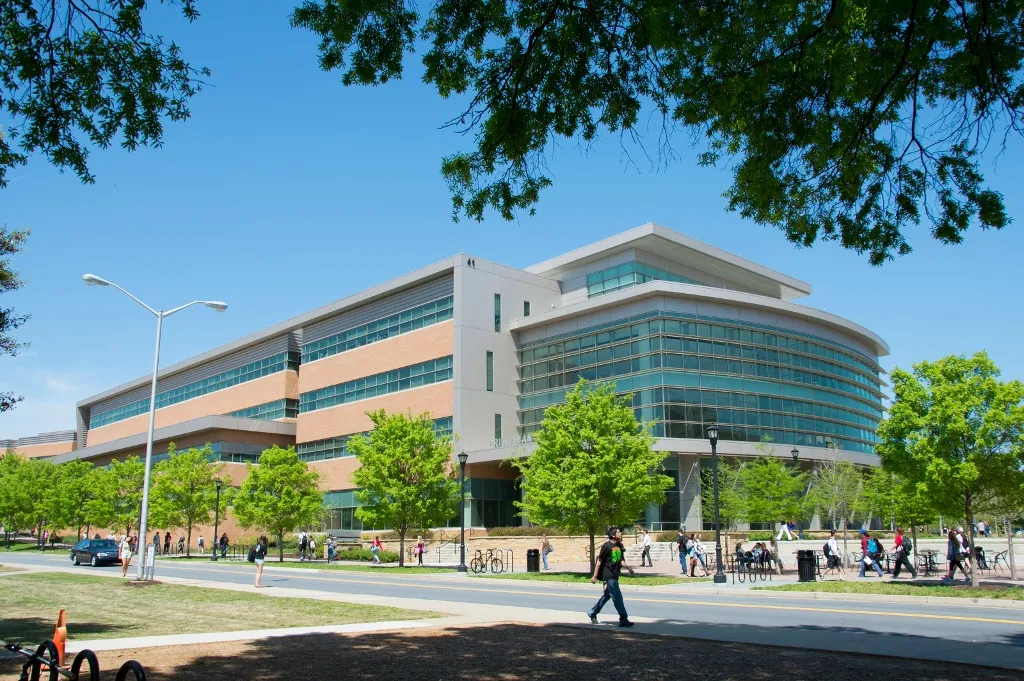



%20(1)-p-3200.jpeg)


.jpg)
.webp)
.webp)
.webp)

